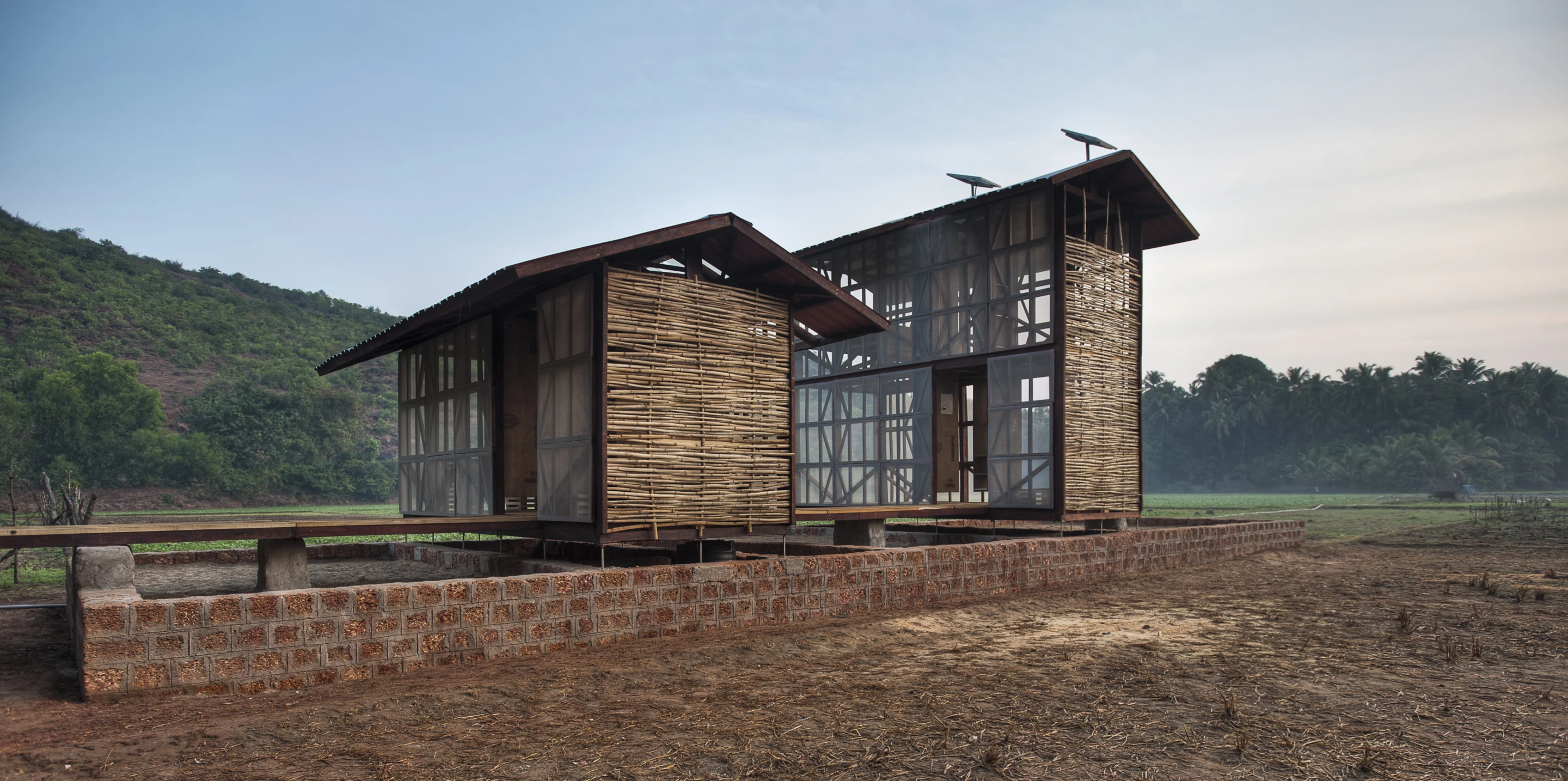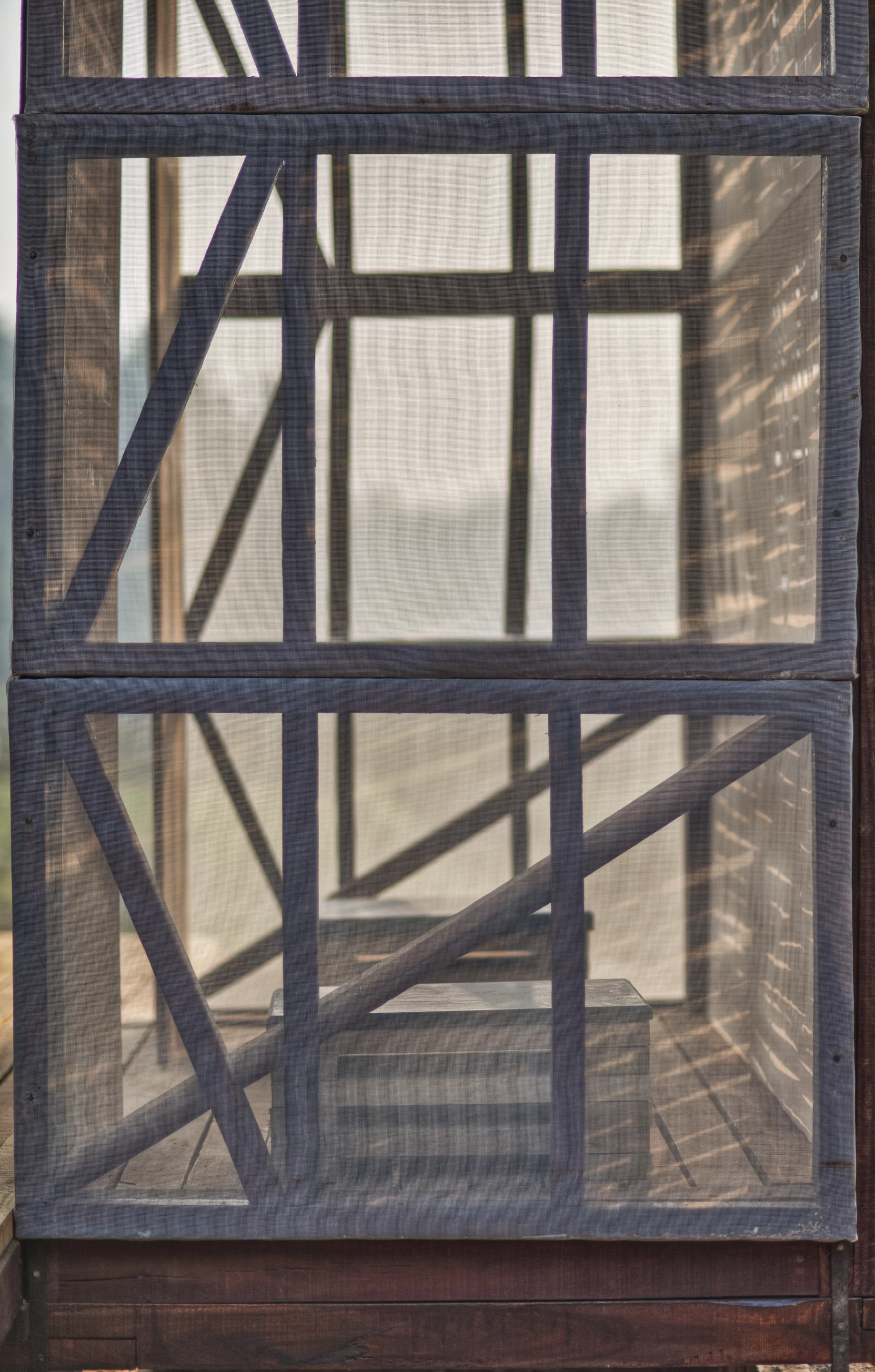With its Hut-to-Hut prototype, Norwegian architectural outfit Rintala Eggertsson, with the help of students from Trondheim's University of Technology, has set out to design accommodation with the conscientious/pious (delete according to your preference) ecotourist in mind.
The prototype is built among the Western Ghats mountain range in the Indian state of Karnataka, an area famed for its biodiversity which has UNESCO World Heritage sites coming out of its ears.
The prototype is built from locally-sourced cashew wood native to the region. It's also designed to function off-grid, with roof-mounted solar and a composting toilet which generates biogas.
The keenly observant among you will have noticed that the prototype includes two huts rather than one, a nod to the social building tradition of the region which encourages the building of houses around a courtyard, creating a shaded outdoor area where people can gather.
Details are scant at this point, though Rintala Eggertsson's Sami Rintala did explain to Gizmag that the design was developed with flexibility of use in mind, but that it accommodates two to four people. The upper floor of the taller hut is intended for sleeping with toilet and shower facilities at one end. Rintala describes the lower floor as "a sort of living room," though one supposes the room can be used for whatever purpose the guests see fit.
The Hut-to-Hut prototype uses mosquito nets to create translucent walls. Rintala explains that this was intended to maintain the feeling of a building open to its surroundings, with the added advantage of making the huts accessible from all sides. This is made possible by the warm nighttime temperatures of summer in Karnataka, which begins in March and ends in May before monsoon season begins.
The company intends to build further test cases with a view to commercial production in the future.
Source: Rintala Eggertsson, via Arch Daily


























